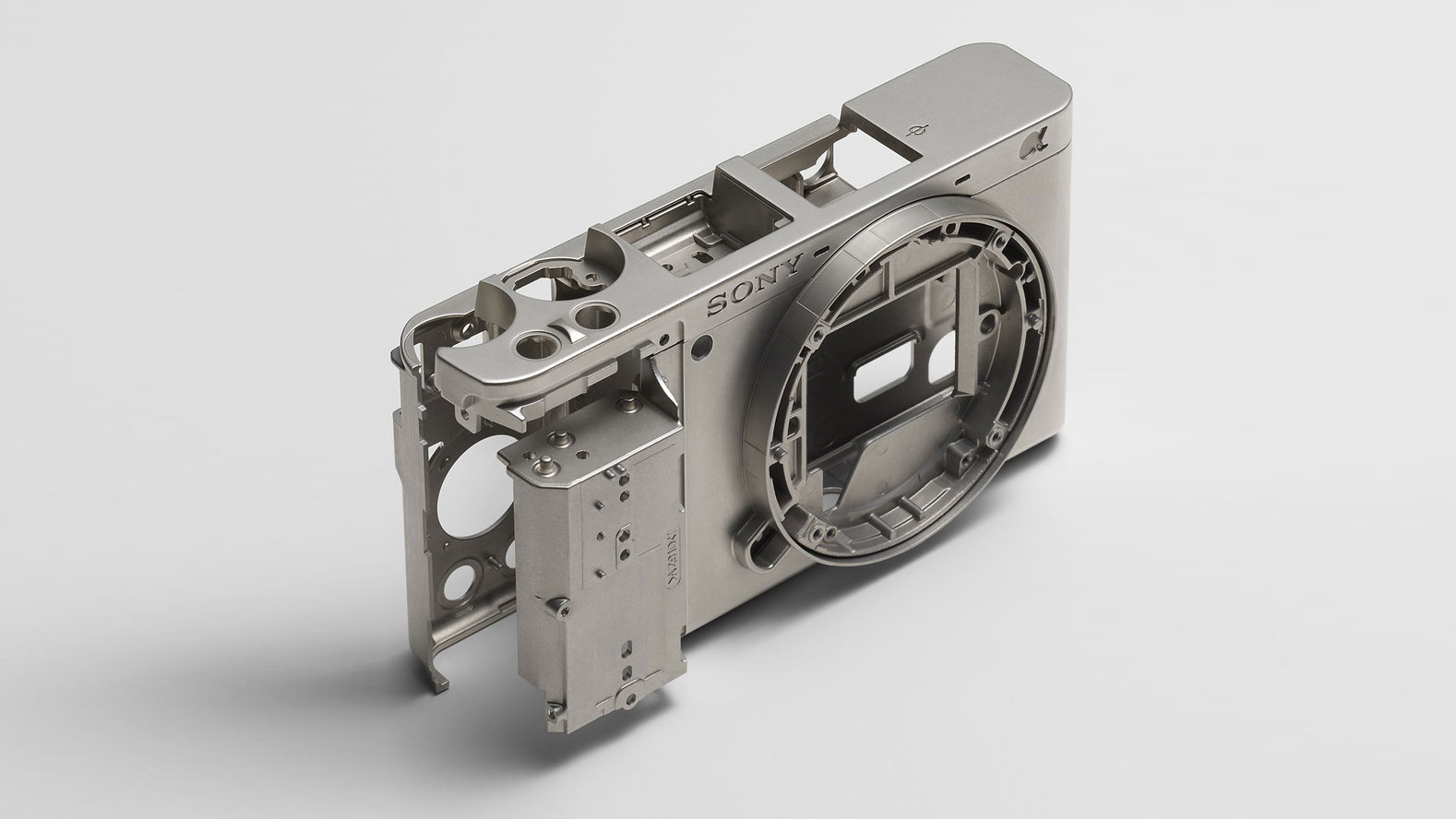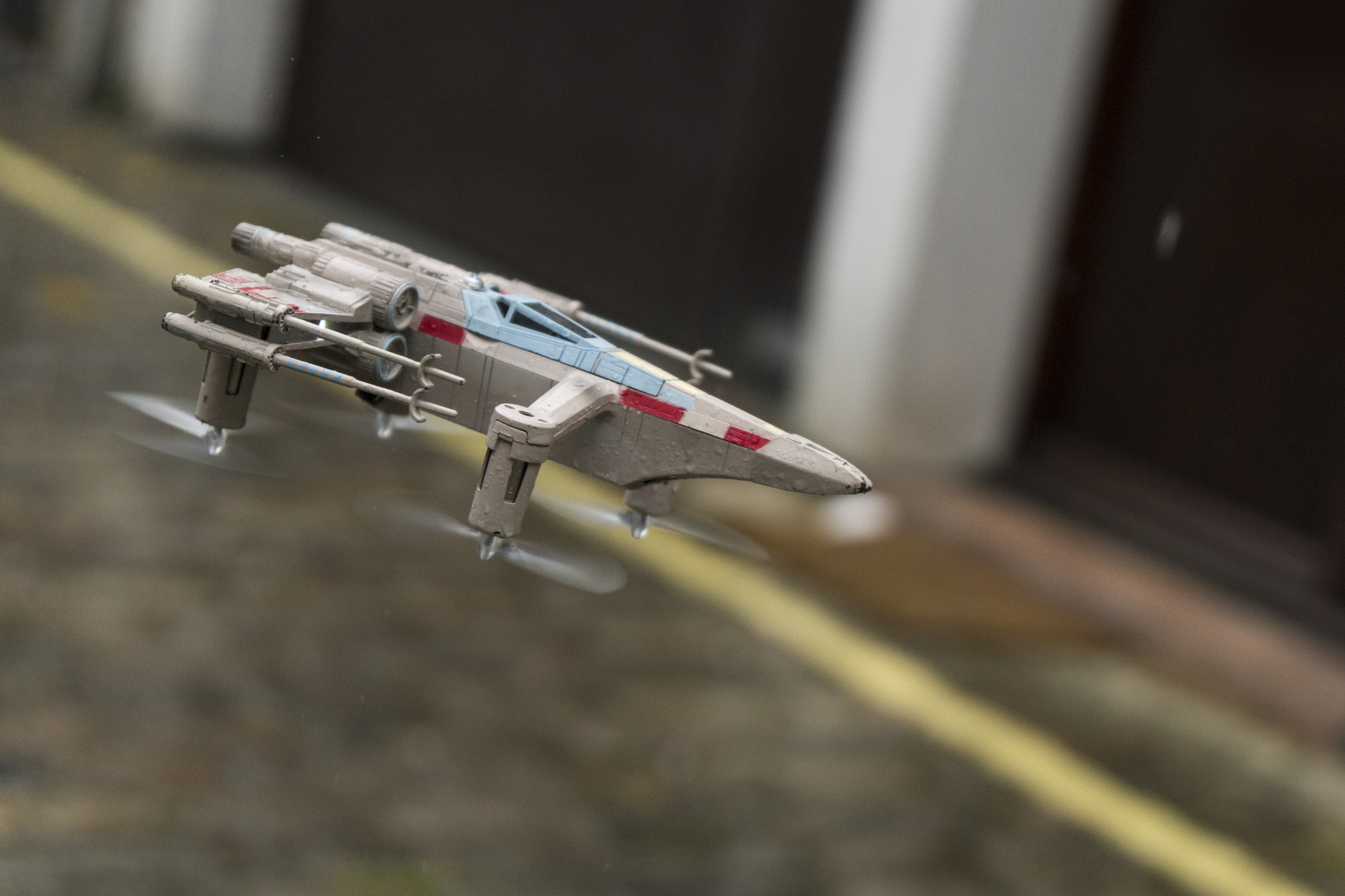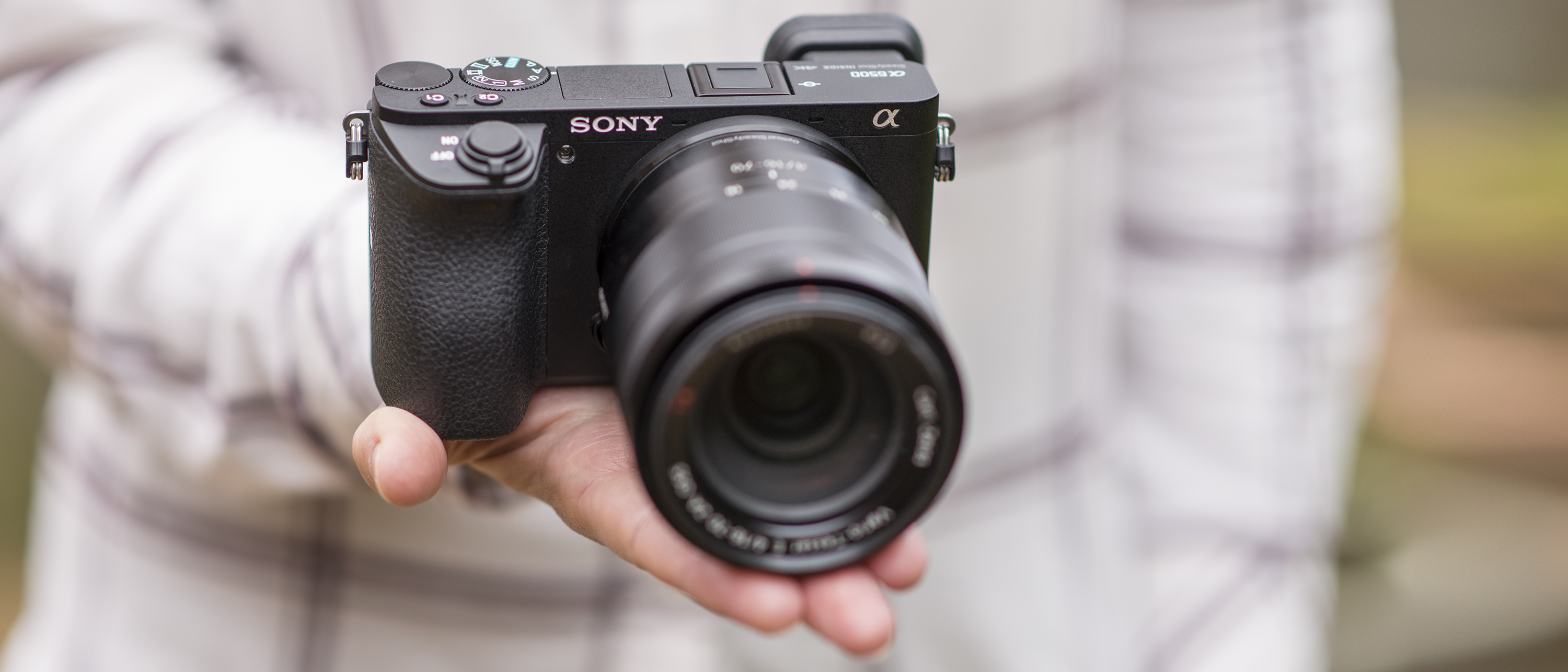Why you can trust TechRadar
Build and handling
- Magnesium alloy construction
- Practically identical to the Sony A6300
- Weighs 453g (1lb)
Outwardly, the Sony A6500 is largely identical to its predecessor. It’s still a half-metal, half-plastic construction built around a magnesium frame, while components such as the power switch, battery hatch and controls are plastic.
The A6500 is a smidge thicker than the A6300, at 53mm compared with 49mm, to accommodate the in-body image stabilization system; both cameras are 120mm wide and 67mm tall. The extra components also add 49 grams to the weight, bringing the A6500 in at 453g (1lb).

A deeper grip is one notable change that we actually appreciate, as it allows us to get a better hold of the camera. Where the A6300 had a single custom function button to the right of the shutter button, the A6500 has two, both located between the shutter button and the mode dial.
Because of relatively clean design on the top of the camera, the A6500 is able to offer both a built-in flash and a multi-interface shoe in addition to the electronic viewfinder, together with two large dials – a command dial and another for changing the shooting mode.
As we've seen with the A6300, the back of the A6500 follows a tried-and-tested formula, with a handful of well-marked controls and the loosely moving control wheel enabling you to navigate menus and scrutinize images with ease.
The 3.0-inch display pulls away easily from the back of the camera, while it's stiff enough to remain in the position to which it's adjusted. That limited versatility of the touchscreen control is disappointing though - it’s only useful for changing the focus point while taking photos and video, although you can also use it as a touchpad to change your focusing point while looking through the viewfinder – a feature we’ve seen on the Fujifilm X-T20 and Olympus Pen-F. If you're wanting to swipe through photos, pinch to zoom and have more interaction with on-screen controls, forget it.
The menu system is comprehensive, with 35 separate screens, but thankfully this time Sony's decided to color-code them - something missing from the A6300, making it a bit easier to find what you need.
Autofocus
- 425 phase-detect AF points
- 169 contrast-detect AF points
- 0.05 sec AF speed
The Sony Alpha A6500 inherits one of the densest AF system going, coming equipped with the same 4D Focus system we loved so much on the A6300. 425 phase-detect AF points combined with 169 additional contrast-detect points enable the camera to find focus incredibly quickly.

We tested the AF on a variety of subjects, from ice hockey to fast and erratic moving drones, and the A6500's AF system did a spectacular job of finding focus and staying locked on. It's an impressive system that you can really rely on.
Current page: Build, handling and AF
Prev Page Introduction and key features Next Page Performance and image qualityPhil Hall is an experienced writer and editor having worked on some of the largest photography magazines in the UK, and now edit the photography channel of TechRadar, the UK's biggest tech website and one of the largest in the world. He has also worked on numerous commercial projects, including working with manufacturers like Nikon and Fujifilm on bespoke printed and online camera guides, as well as writing technique blogs and copy for the John Lewis Technology guide.

